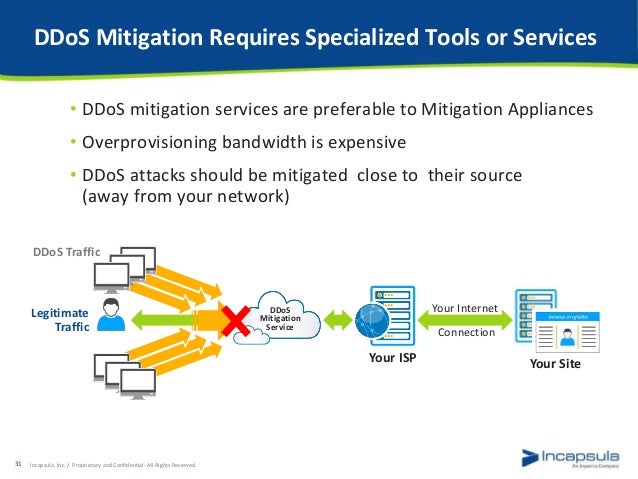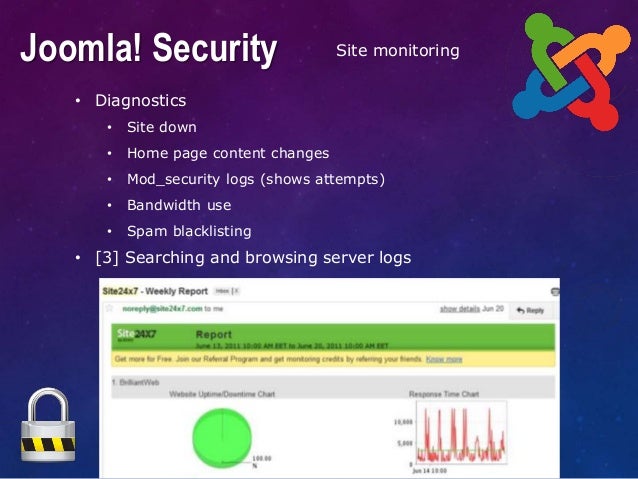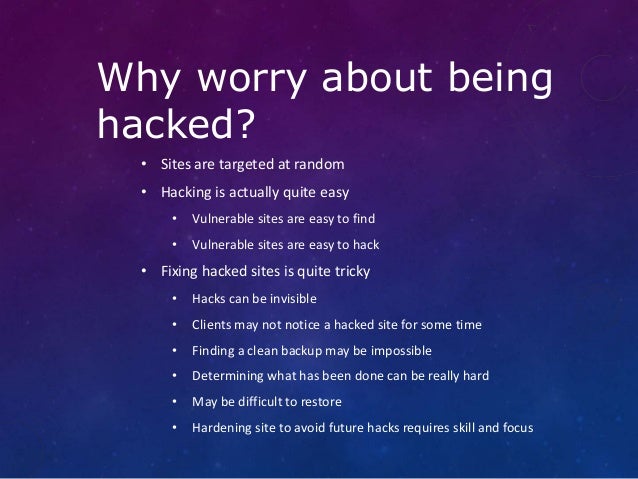
That's where the Joomla HTTP Headers plugin comes into its element. So what exactly does the Joomla HTTP Headers Plugin do?Īpart from telling the browser what to display and returning general information about the HTML document, HTTP Headers help to mitigate attacks and security vulnerabilities you may have on your Joomla website. In this situation, the image is still being looked for on the server that hosts it, but the browser has not found it. Which differs from not being found and returning a 404 not found HTTP error message.

So, when the image is called from the HTML document, the browser rejects it and it's not loaded. In this example the HTTP Headers, as set in the Joomla plugin, will reject all images that do not originate from either this website, or a different website that's specifically 'included' in the HTTP Header parameters set in the Joomla HTTP header plugin. 'Strict-origin-when-cross-origin' simply means that when an HTML item (an image in this case) is served from a different source (not your server), then the HTTP header policy set at that time must be followed. Referrer Policy: 'strict-origin-when-cross-origin' In this example, the second picture has failed to display and you can see from the information displayed in the right-hand pane there is no HTTP Header information. If one of your HTML items has failed to display, you may also get a clue about the reason in the HTTP headers. There's also a range of other information linked to that item, such as file size and edit dates. You can see in the image below that the highlighted image is returning an HTTP status of 200, so the browser found it. It will display the HTTP Header for that item in the right pane. Now refresh the webpage and click on an HTML item in the left pane. In Google Chrome, open the DEV Tools, then the Network tab. You can see The HTTP Headers and how they pertain to individual HTML objects in your browsers DEV Tools. A set of instructions that tell the browser what, or more importantly, what not to display to the visitor. HTTP headers are the preamble between your web server and the browser. HTTP headers are not to be confused with the section of your HTML document.
#Joomla security code#
However, in saying that, even simple websites should be as secure as possible to stop malicious code being executed after they've hacked your website. It’s worth mentioning here though that this Joomla function is an advanced function of Joomla, which is more suited to data sensitive websites, rather than the new website you’ve lovingly created about your cute kittens. So, let's look at what HTTP headers actually are, how you can find the plugin and what you can do with them. Which is why keeping things simple, as part of Joomla’s core, means less frustration, less time wasted Googling your mistakes, and more time for celebration while you sit back in your chair and admire your new website. #End www to non www and http to https mixinĬonfusing, right? And, if you make a single mistake in the formatting, BAM! You’ve broken your website! Well, at least until you fix your code. A good example of this is my htaccess file and the way I set the browser to load a non www https version of my website: The single biggest problem is that if you don't get the format of your HTTP Header perfect, you'll break your site.Įven then, what works for one website may not work for another. How many times have you tried to implement an htaccess command only to reload your website and then face a http500 error? Look at how complicated this is to set up in Cpanel and tell me you won't make a mistake! And, that's all assuming that once the framework's installed in Apache and directories made, you know the correct format to add the HTTP headers you want to integrate. This system security plugin helps site owners easily configure the HTTP Security Headers from Joomla's familiar backend, rather than having to rummage around in the htaccess file or other configuration files. The introduction of the HTTP Headers plugin in the core of Joomla 4 is a huge step forward in helping to secure your website from attack and malicious activity.

No matter whether your website is a small Mom & Pop website, or a fully fledged Ecommerce platform with millions in sales, the Joomla framework has something for everyone, and is always looking at implementing new technologies.

Which is why I choose it as my web development platform of choice. The internet is ever developing, and Joomla’s never far behind it. That is the HTTP Headers plugin which is now included as part of Joomla’s core functions. Following on from last month's article about security, passwords, and Joomla’s WebAuthn plugin this month, we’re going to look at another Joomla security feature that launched with J4.


 0 kommentar(er)
0 kommentar(er)
